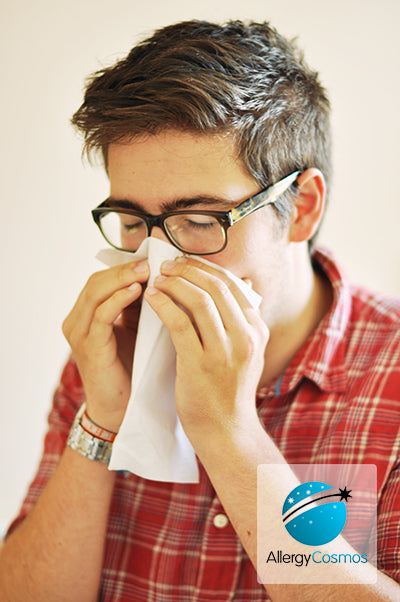
Allergy Information
Allergies are very common. Roughly one in three of us suffer from an allergy. Although the number of people suffering with an allergy has increased in the last few decades, there is more education and a greater understanding of the immense impact that allergies have on our lives, from allergy symptoms to causes to treatments.
Frequently Asked Questions
What is an allergic reaction?
What are the risk factors for allergy?
What are the most common allergic diseases?
What are the most common allergens?
When is the Allergy Season?
How common is allergy?
Related Products
-
IQAir HealthPro 100 Air Purifier
Regular price £899.00Regular priceUnit price per -
 Sold out
Sold outAllersearch Allergen Wash
Regular price £22.95Regular priceUnit price per -
IQAir AirVisual Pro Air Quality Monitor
Regular price £274.00Regular priceUnit price per






